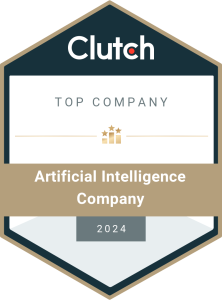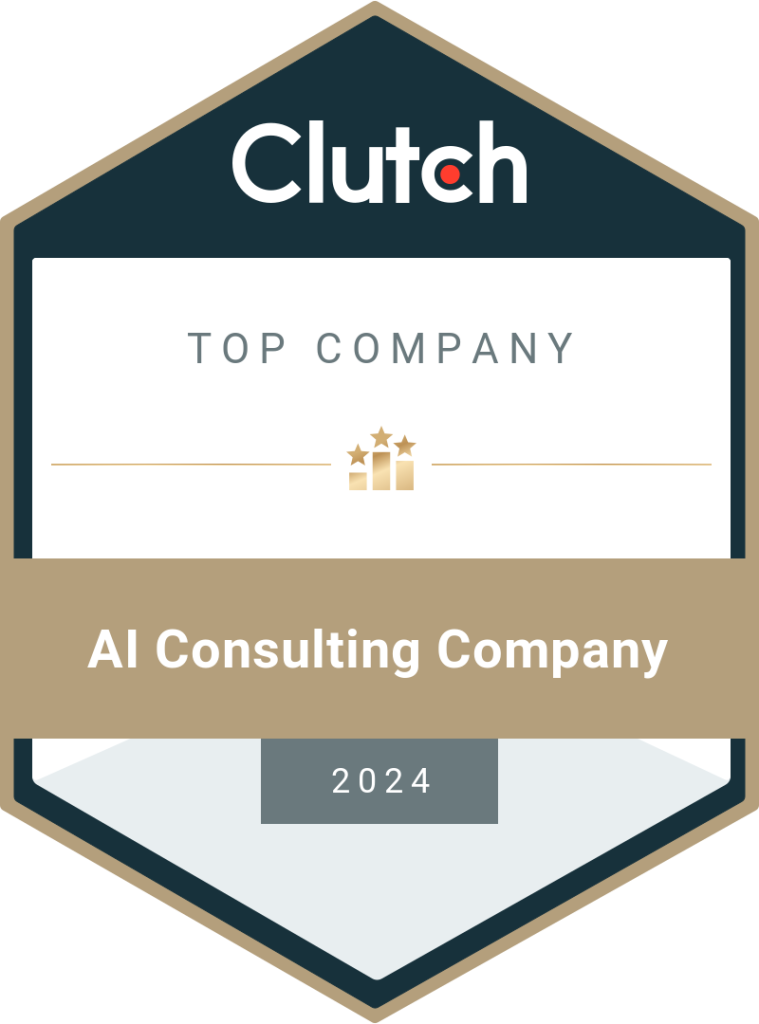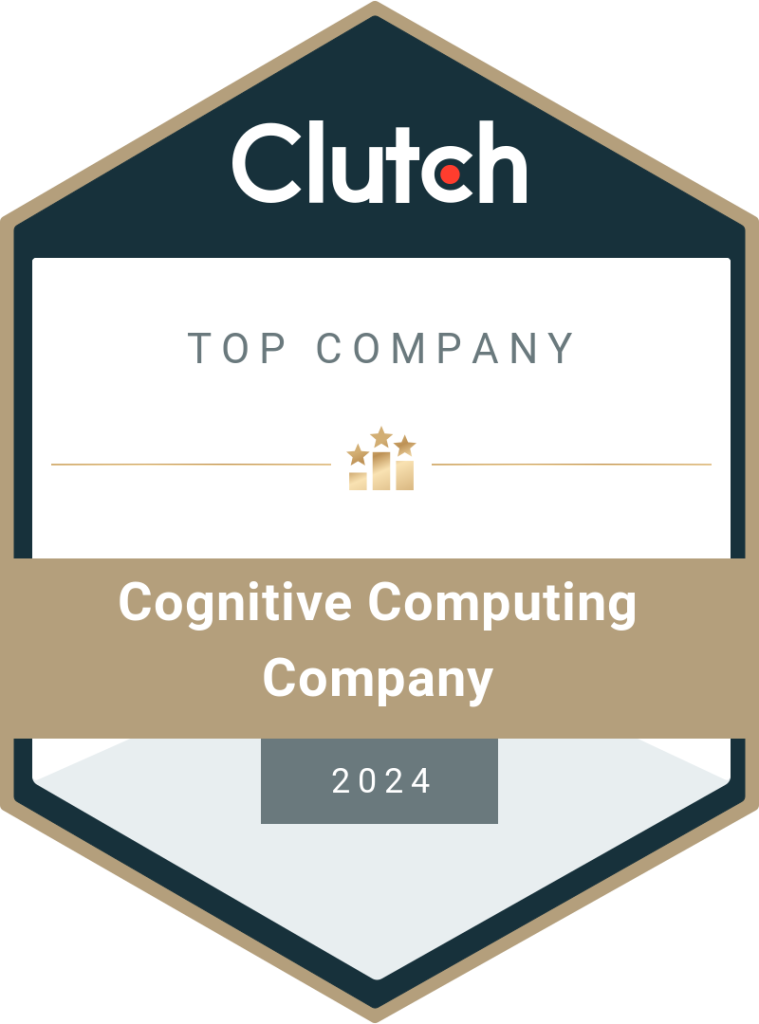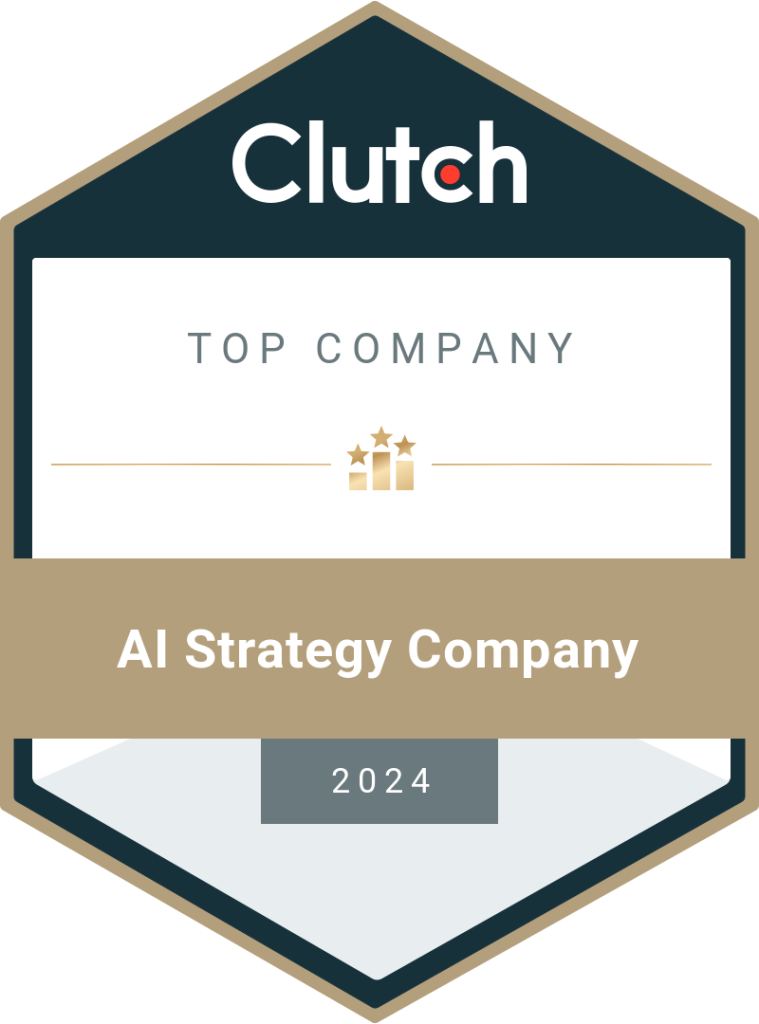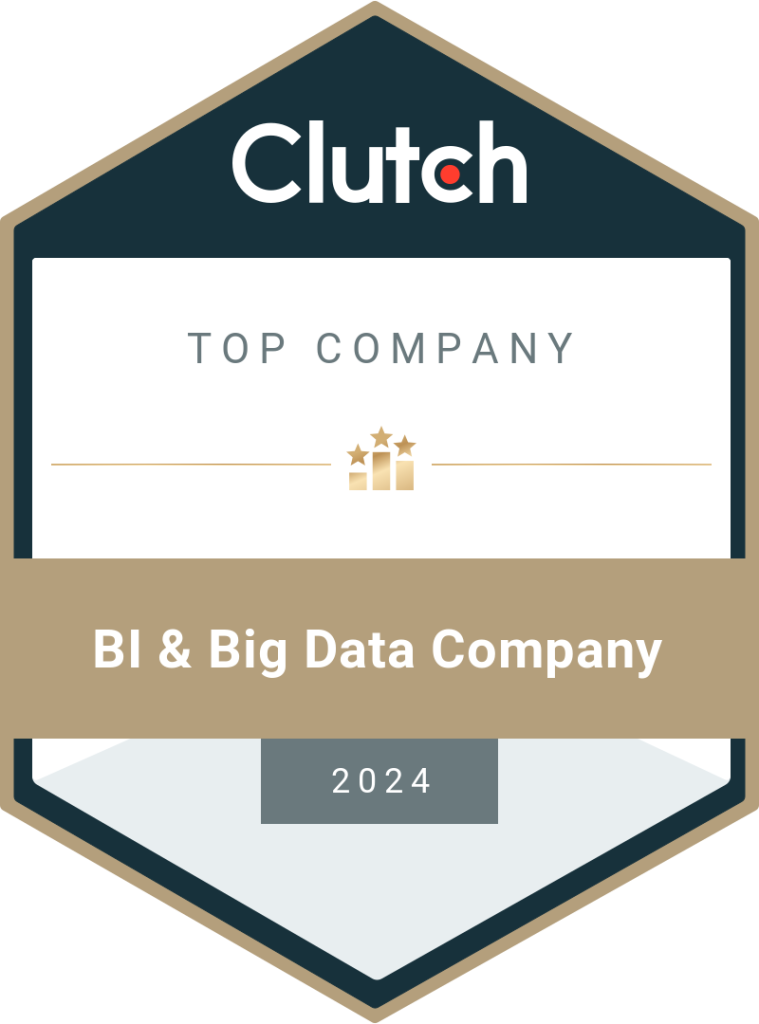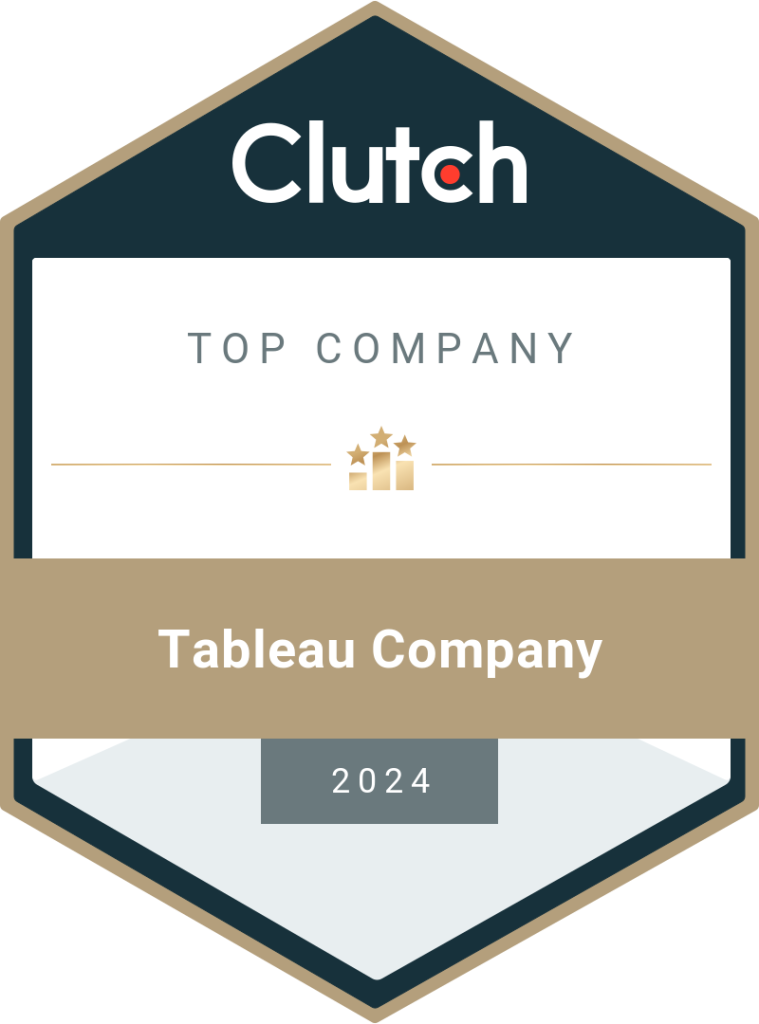LLMs in AI Development- Key to AI’s Next Breakthrough?
Large language models can provide a transformative experience in various sectors, be it real estate, healthcare, entertainment, or manufacturing. Here, we’ll discuss the future of LLMs in AI development and how it can help businesses enhance their processes, products, and services. Artificial intelligence has seen great advancements in recent years. It is a part of everyday life, be it social or professional. From smartphones and voice assistants to commercial chatbots, content generators, and workflow automation tools, AI has diverse applications and uses. According to Grand View Research, the global AI market is estimated to touch $1,811.8 billion by 2030. Large Language Models (LLMs) are a part of artificial intelligence and play a vital role in generative AI. These have shot to fame with the success of ChatGPT and other generative AI tools (generative AI apps and built on LLMs and other foundation models, so LLM is a part of generative AI and not GenAI on the whole). Statistics show that the global LLM market was $159.0 million in 2023 and is expected to grow at a CAGR (compound annual growth rate) of 79.80% to reach $259.8 million in 2030. It is predicted that 750 million applications will use LLMs by 2025 to automate 50% of digital work. In this blog, we’ll talk about what LLM stands for in AI, their working methodology, and the possible future of LLMs in AI development. What are LLMs in AI Development? Large Language Models(LLMs) are used to build generative AI applications for various purposes. So, is ChatGPT LLM? Yes, ChatGPT comes under LLMs, but it is actually a GenAI tool. LLMs are massive deep learning models pre-trained on huge amounts of data to provide better quality output by understanding the context of the user’s input. The large language models have powerful transformers, which are a set of neural networks with encoders and decoders that can analyze the input data to interpret the meaning and provide a relevant and (relatively) accurate output. LLMs can handle unsupervised data and work with hundreds of parameters, which makes them highly suited for handling complex tasks. They are versatile, flexible, and customizable. For example, LLMs can support generative AI tools that convert input text into images, videos, or audio sounds. It can scan, read, edit, and summarize several pages of text in a few minutes. This makes LLMs an important part of AI product development. As per the Datanami August 2023 Survey, 58% of companies work with LLMs but a majority of them are only experimenting with it. This shows that even though large language models are gaining popularity, businesses taking time to explore the technology and understand how it can help their establishments. The diverse role of LLMs in AI development makes it clear that the models will have a profound impact on the future. Future of LLMs in AI Development AI researchers want to build culturally and linguistically diverse and inclusive LLMs to make the models user-friendly for people around the world. Predicting Next-Gen AI-Language Models LLMs in AI language models can help in providing more human-like interactions with chatbots. The LLMs can power AI chatbot solutions to be more context-aware and learn from the interactions with users to offer better responses. Additionally, it could also make AI more capable of understanding the subtle nuances in text. This can make the language models more efficient and accurate for a wide range of communication purposes. Cross-Disciplinary Usage What if we say, LLM in AI development can promote the integration of two or more technologies for developing applications for different fields? For example, AI language models can be integrated with robotics or computer vision to build robots that understand verbal instructions and respond more effectively to human interactions. Another example of cross-disciplinary application is how the LLMs can help AI tools simultaneously analyze visual and auditory data for enhanced security and surveillance. Breakthrough in Algorithms Large language models can streamline AI algorithms to enable the models to process more data in less time and with fewer resources. This reduces response times and empowers the models to offer better real-time capabilities. It could lead to AI applications that minimize energy consumption while optimizing user experiences. Businesses can redefine their processes to make AI an integral part of their establishment and get enhanced results. Apps with Greater Efficiency AI-powered innovation strategies that actively use LLMs in AI development will result in applications that are not only bigger but also more efficient and diverse in handling a plethora of tasks. For example, the larger models could work even on smaller devices (like smartphones) which will enable users to work on the go. Addressing Ethical and Bias Concerns Ethical concerns and bias are two major challenges faced when adopting LLMs in a business. However, in the future, the same models could help overcome these concerns. AI researchers and developers are working on building models that can detect and mitigate bias in data. They are also focusing on developing LLMs that can be used ethically. While this could take some time, it is definitely something to look forward to in the future. Generating Personalized Content LLM advancements can further help AI tools to personalize content for various purposes like articles, news snippets, listicles, ads, target marketing, etc. Though there are already applications that offer such services, the content still feels like it is written by a machine. In the future, the LLMs used in AI development will understand the intricacies of language better to create text that aligns with the user’s requirements and read as if it has been created by humans. Domain-Specific Applications While businesses from different industries can use many large language models, future models can cater to specific domains. For example, AI developers can build LLMs for healthcare (patient management), finance (streamline payments and detect fraudulent transactions), law (read the reports and summarize them without misinterpretations), etc. Such models can be highly advantageous for businesses as they are trained on data from the industry and give more accurate results. Real-Time Query
Read More